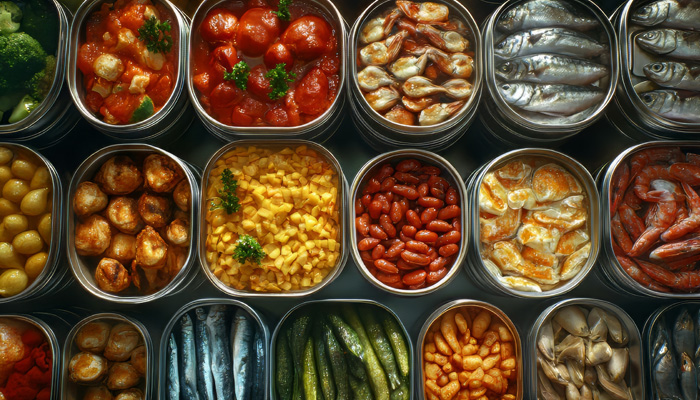
Consumers are as concerned as ever about what goes into their food, and the conversation around ultra-processed foods is heating up and becoming more nuanced by the day. A recent article in Food Processing Magazine highlighted just how blurry the lines can be when it comes to defining what “ultra-processed” actually means, and the implications go far beyond the ingredients list.
For food and beverage packagers, the ambiguity surrounding this term presents both a challenge and an opportunity. It invites a broader conversation about transparency, consumer education, and how packaging can play a powerful role in shaping perception.
A Shifting Landscape of Definitions
The NOVA classification system, developed by researchers in Brazil, is often referenced as the gold standard for labeling foods based on their level of processing. But as the Food Processing article points out, the system has come under fire for its lack of nuance. For example, it groups together items like protein bars, breakfast cereals, and frozen meals under the “ultra-processed” label, despite vast differences in nutritional value and formulation.
This has sparked a debate in scientific and regulatory circles, especially as public health organizations and advocacy groups push for more transparency in food labeling. But without a universally accepted definition, food processors and packagers are left in a kind of gray area, unsure of how their products may be perceived in the eyes of increasingly health-conscious consumers.
Why Packaging Matters in the Perception Game
In this environment of uncertainty, packaging becomes more than just a container; it becomes a storyteller, an educator, and in some ways, a defender of brand integrity.
Labels and packaging materials have always played a role in informing consumers, but in today’s climate, they may also need to counteract oversimplified narratives. When shoppers see terms like “ultra-processed,” they may be making snap judgments based on incomplete information. Clear labeling, QR codes linking to sourcing details, and clean visual design can help food brands better explain the steps behind their processing, especially when those steps include essential safety or shelf-stability measures.
ProMach product brands, such as Allpax, Zacmi, and Matrix, to name a few that support flexible and shelf-stable packaging formats, understand the importance of balancing technical needs with consumer expectations. From pouch sealing integrity to oxygen barriers in film structures, these technologies ensure food safety without necessarily increasing a product’s “processed” perception, if presented thoughtfully.
The Rise of Functional Ingredients
Adding another layer to the conversation is the growing popularity of functional foods. These are items formulated with ingredients that support health beyond basic nutrition. Think probiotics, plant proteins, or adaptogens. These often require additional processing or stabilizers to maintain efficacy and shelf life, further complicating the “ultra-processed” label.
For brands that use these ingredients, communicating the why behind their inclusion is key. Packaging that highlights functionality — through icons, benefit callouts, or even augmented reality — can help bridge the understanding gap. Consumers may be more forgiving of added emulsifiers if they understand they’re helping preserve a gut-friendly probiotic strain.
Moving Toward Nuance
The Food Processing article ends with a sentiment that packaging professionals would do well to adopt: nuance is everything. Processing is what makes modern food systems safe, efficient, and often more sustainable. What matters is the intention behind the process and the transparency with which it’s shared.
As research and regulations catch up to consumer sentiment, brands that use their packaging to foster trust, rather than just shelf appeal, will be ahead of the curve. Whether it’s through storytelling, smart labeling, or thoughtful design choices, the future of packaging is one where clarity and credibility take center stage.
Cited Source:
Situ, M. (2024, May). Ultraprocessed or Not? The Answers Aren’t Yet Clear. Food Processing. https://www.foodprocessing.com/ingredients-and-formulation/article/55288484/ultraprocessed-or-not-the-answers-arent-yet-clear

